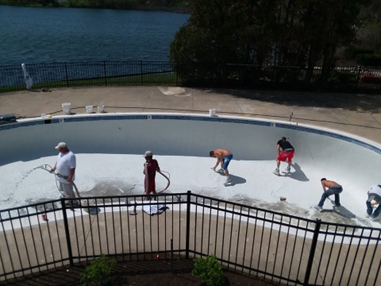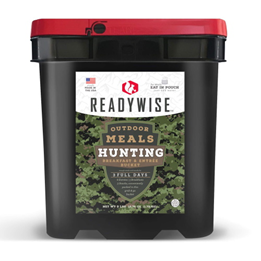When it comes to sprucing up your home, few things have as immediate an impact as new flooring. Whether you’re renovating an old space or putting the finishing touches on a new one, the flooring you choose is crucial in setting the tone and style of a room. Among the myriad of options available, ceramic tile, laminate, and hardwood stand out as popular and timeless choices. Each of these flooring types has its own set of benefits and a unique installation process. This guide delves into what makes these materials tick and how they can transform your space.
Ceramic Tile: Elegance Meets Durability
Ceramic tile flooring is renowned for its durability and ease of maintenance. It’s a perfect fit for areas with a lot of foot traffic or that are prone to moisture, like bathrooms and kitchens. Tiles come in an astonishing variety of colors, patterns, and sizes, allowing for a high degree of customization.
Installing Ceramic Tile Flooring
- Preparation: The subfloor needs to be clean, level, and firm. Any old flooring should be removed, and the subfloor may need to be repaired or replaced if it’s not in good condition.
- Layout: Tiles are laid out to finalize the pattern and to plan for any cuts that need to be made.
- Adhesive: A special tile adhesive or thin-set mortar is applied.
- Setting Tiles: Tiles are set carefully into place, with spacers used to ensure even gaps for grout.
- Grouting: Once the adhesive is set, grout is applied to fill the spaces between the tiles.
- Sealing: Depending on the type of tile and grout, a sealant may be applied for extra protection.
- Ceramic tile requires skill to install, so hiring a professional is recommended.
Laminate: Versatility and Ease
Laminate flooring is a fantastic option for those who love the look of hardwood but are on a budget. It’s also incredibly user-friendly, making it a popular choice for DIY enthusiasts. Laminate comprises several layers of synthetic flooring products fused through lamination, often with a photographic applique layer under a clear protective coating.
Installing Laminate Flooring
- Preparation: The subfloor needs to be flat, clean, and dry. An underlayment is usually laid down first for noise reduction and insulation.
- Planks: Laminate planks are designed to interlock, making installation relatively straightforward.
- Cutting: Planks must be cut to fit the room’s dimensions.
- Expansion Gap: It’s vital to leave a small expansion gap around the room’s perimeter to accommodate swelling with changes in humidity.
- Finishing Touches: Baseboards and thresholds are installed after the laminate is laid down.
- Laminate flooring may be easier to install for some; however, it’s not for everyone. Determine what’s doable for you or call a pro!
Hardwood: Timeless and Traditional
Nothing beats the classic beauty and warmth of hardwood floors. Hardwood can add value to your home and is available in various species, stains, and finishes. While hardwood flooring can be more of an investment, its durability and timeless appeal make it a smart long-term choice.
Installing Hardwood Flooring
- Preparation: Like other flooring, the subfloor must be level, clean, and dry.
- Acclimation: Hardwood planks need to acclimate to the room’s humidity for several days to prevent warping.
- Installation: Each plank is nailed or stapled through a tongue-and-groove system.
- Sanding and Finishing: Unfinished hardwood will require sanding and finishing, a process that seals and protects the floor.
- Trimming: Baseboards, shoe moldings, and thresholds are added.
- Hardwood floor installation can be complex and is generally best left to professional installers to ensure a lasting and beautiful result.
Your choice of flooring can dramatically change the look and feel of a room. Whether you opt for the elegance of ceramic tile, the practicality of laminate, or the timeless beauty of hardwood, ensure that the installation process is handled with care to enjoy a floor that looks great and performs well over time. Remember that while DIY is an option for some types of flooring, professional installation can guarantee a job well done, saving you time and potential headaches down the line. Choose wisely, and your floors will be a point of pride in your home for years to come.
Planning to upgrade your flooring? Contact JFC Remodeling professionals for superior flooring installation.
____________
JFC Remodeling is committed to providing top-quality home reconstruction services to clients throughout Livingston County. With over 30 years of experience in the industry, our licensed contractors create unique, individualized, and polished renovations. Whether the site requires an improvement, repair, or is a new construction, you can trust our experts to deliver remarkable results. Call or email us to learn more.
Written by the digital marketing team at Creative Programs & Systems: www.cpsmi.com






